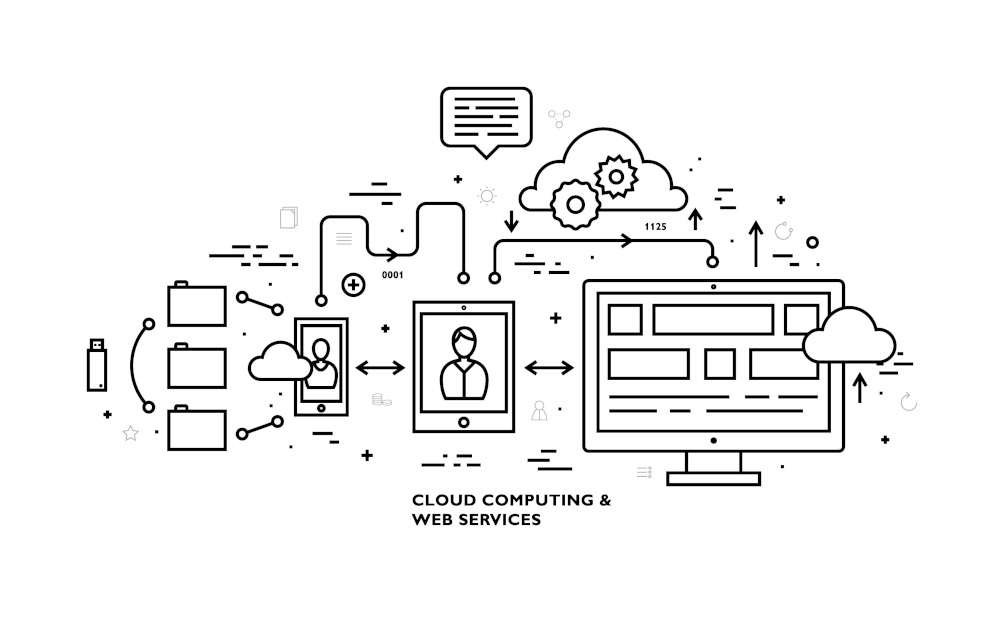IMPLEMENTATIONS
One of the most important business partnerships you may ever have. Our goal is your success.
NETSUITE IMPLEMENTATIONS
Why go on this journey?

Choosing a Guide

Making the Decision

Our job is to understand your processes, to partner with and support your team, and to be diligent in the process.
Preparing for Implementation

Sometimes there is more than one strong leader. Sometimes there are none. You only need one.
Preparing for Implementation

Executive Support

The Process

Phases of an Implementation
Discovery/Personalization – we’ll learn your specific requirements and personalize the account to accommodate them
Data – we’ll work with you to migrate your customers, vendors, chart of accounts and all other data you need
Walkthroughs –we’ll walk through your processes one by one to confirm NetSuite is set up the way you need
Training – you and your staff will be trained on NetSuite, and will know how to use the NetSuite Learning Cloud Pass during and after implementation
Go Live
Begin using NetSuite as your new ERP system daily. You’ll continue to enter transactions in your existing system until the two tie out, then you’re finished with your old software.
What to Expect

What to Expect: Time

What Next?

Appoint a Project Manager
Choose a dedicated individual with strong organizational and communication skills. This person will coordinate between the client side and the implementation partner, ensuring alignment on objectives and timelines.
Establish the Project Team
Form a team of representatives from each department. This might include finance, sales, operations, HR, and IT professionals. Ensure each team member understands their role and responsibilities in the implementation process.
Define Goals and Objectives
Conduct workshops or brainstorming sessions to define clear, measurable objectives for the implementation. Outline the expected benefits such as improved efficiency, cost savings, or enhanced customer experience.
Review Current Business Processes
Document all existing workflows, identifying pain points and inefficiencies. Decide which processes can be adapted to fit into NetSuite’s standard functionality and which ones might require customization.
Develop a training plan
Assess the current skill levels of users and identify training needs. Schedule training sessions, ensuring they are spaced out to give users time to digest new information and ask questions.
Establish a timeline and milestones
Break down the implementation process into manageable chunks or phases. Define key milestones, such as completion of data migration or UAT, to help track progress.


Getting Started
We’ll meet with your project manager to kick off the implementation and get the ball rolling! You’ll get to know our team, we’ll do some of the initial account configuration, and then discuss the scope, timeline, and next steps.
Data Migration
We don’t take long to dive straight into data. It’s a major part of the implementation and often takes weeks to complete. We’ll need your Chart of Accounts, Customers, Vendors, Items… probably everything.
We’ll discuss the data migration requirements and steps, provide guidance and templates to help you prepare, then we’ll upload your data and go through a thorough review and validation process.
Discovery and Personalization
During the Discovery sessions, we take a deep dive into your current processes in order to understand the ins-and-outs of your business and how you currently operate. This helps us understand how the account needs to be configured for your needs in the areas of finance, inventory, CRM, project management and more.
As the Discovery sessions move along, we’re making changes to the system based on what we hear, and also configuring it specifically for your business. We’re focused on things like the Chart of Accounts structure, connecting your bank accounts, putting your values in reporting segments such as Department and Location, and customizing forms.
Once the Discovery and Personalization sessions are completed, we’ll move on to Process Walkthroughs to confirm the configuration and start training your core team on the system.

Process Walkthrough
Once the system has been personalized, we will conduct process walkthroughs to validate the configuration and provide initial training:
- Booking AP, AR, Journal Entries and related transactions
- Running reports and searches
- Inventory processes such as item receipts and fulfillments
- Banking
Training
Throughout the implementation, we will provide training to your core team. Once the system has been fully tested, we will conduct training with end-users in your various departments.
Go Live
Starting on the 1st of the go-live month, you will begin using NetSuite on a daily basis, while continuing to enter transactions in your current system (double-entry). This will ensure that we have time to move closing balances into NetSuite and to reconcile the two systems at the end of the month.
User Acceptance
Finally, we will step through a User Acceptance Checklist to ensure that everything in the project scope has been completed.
